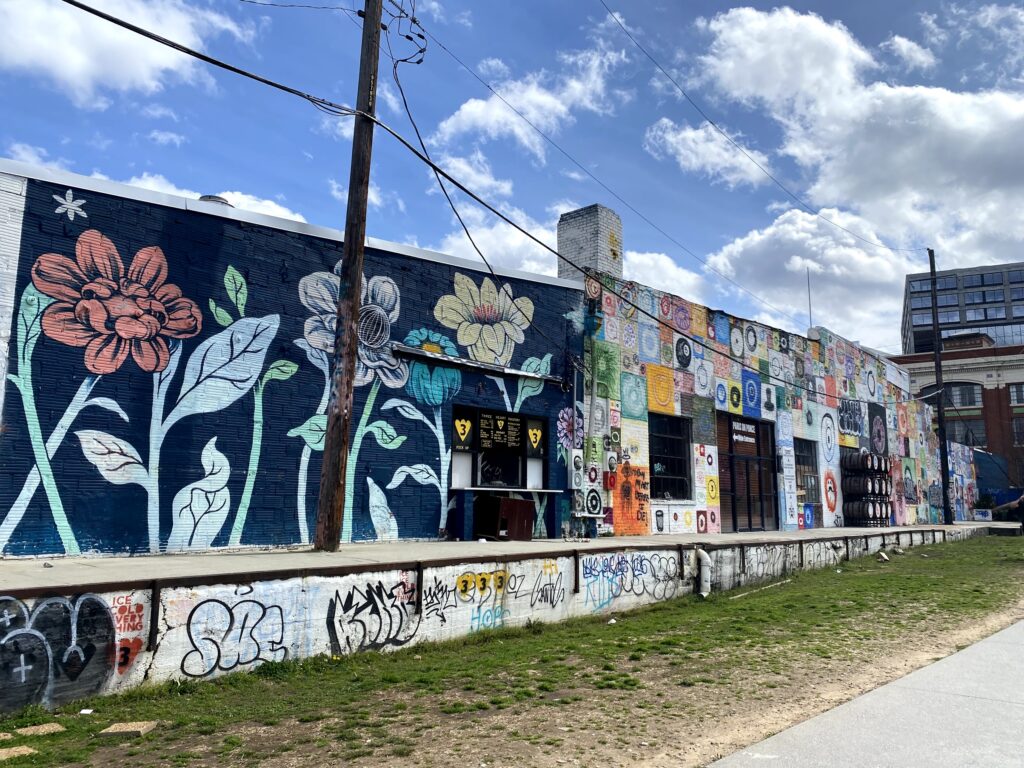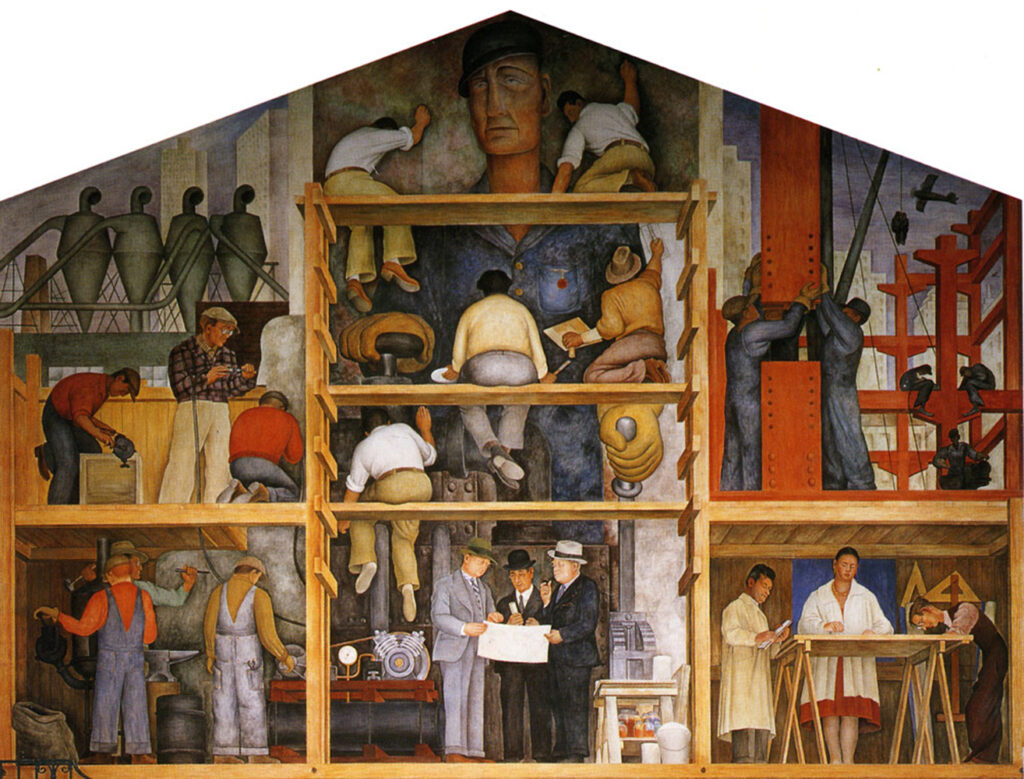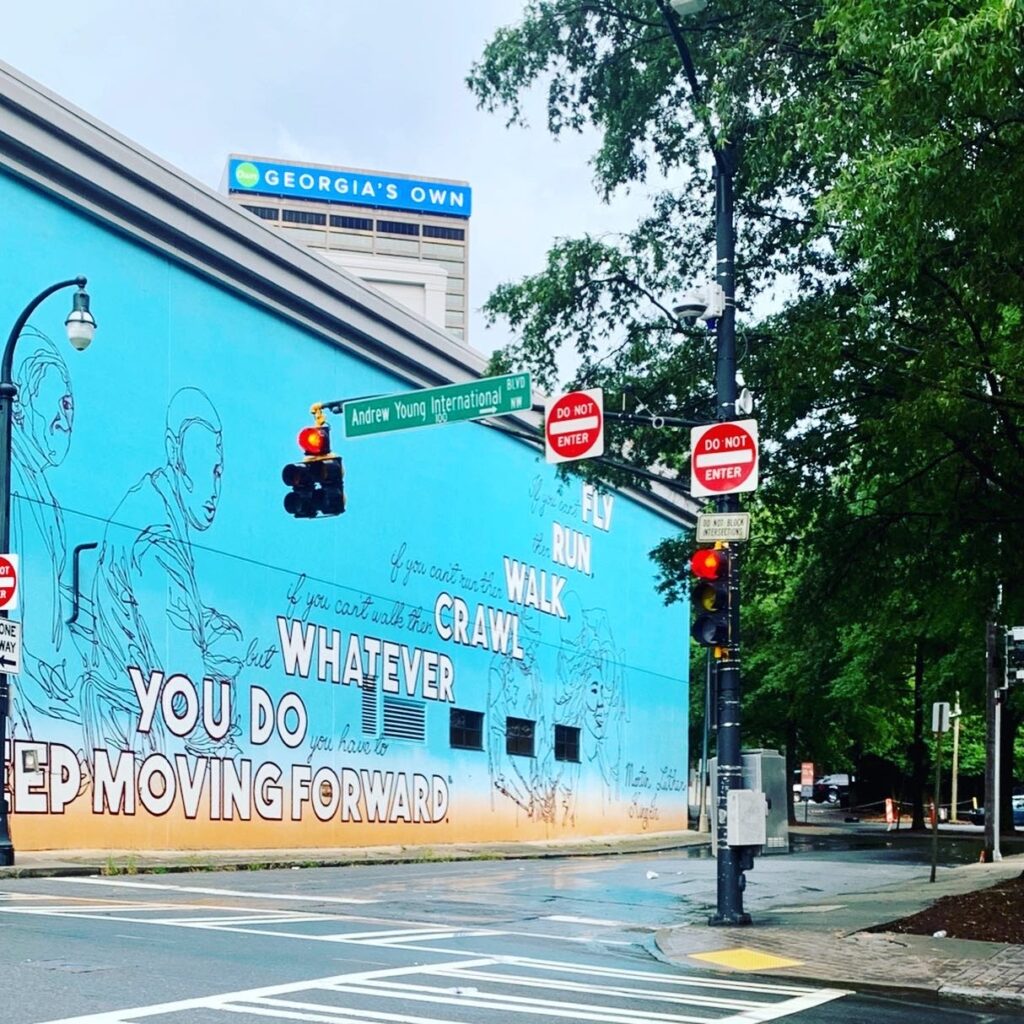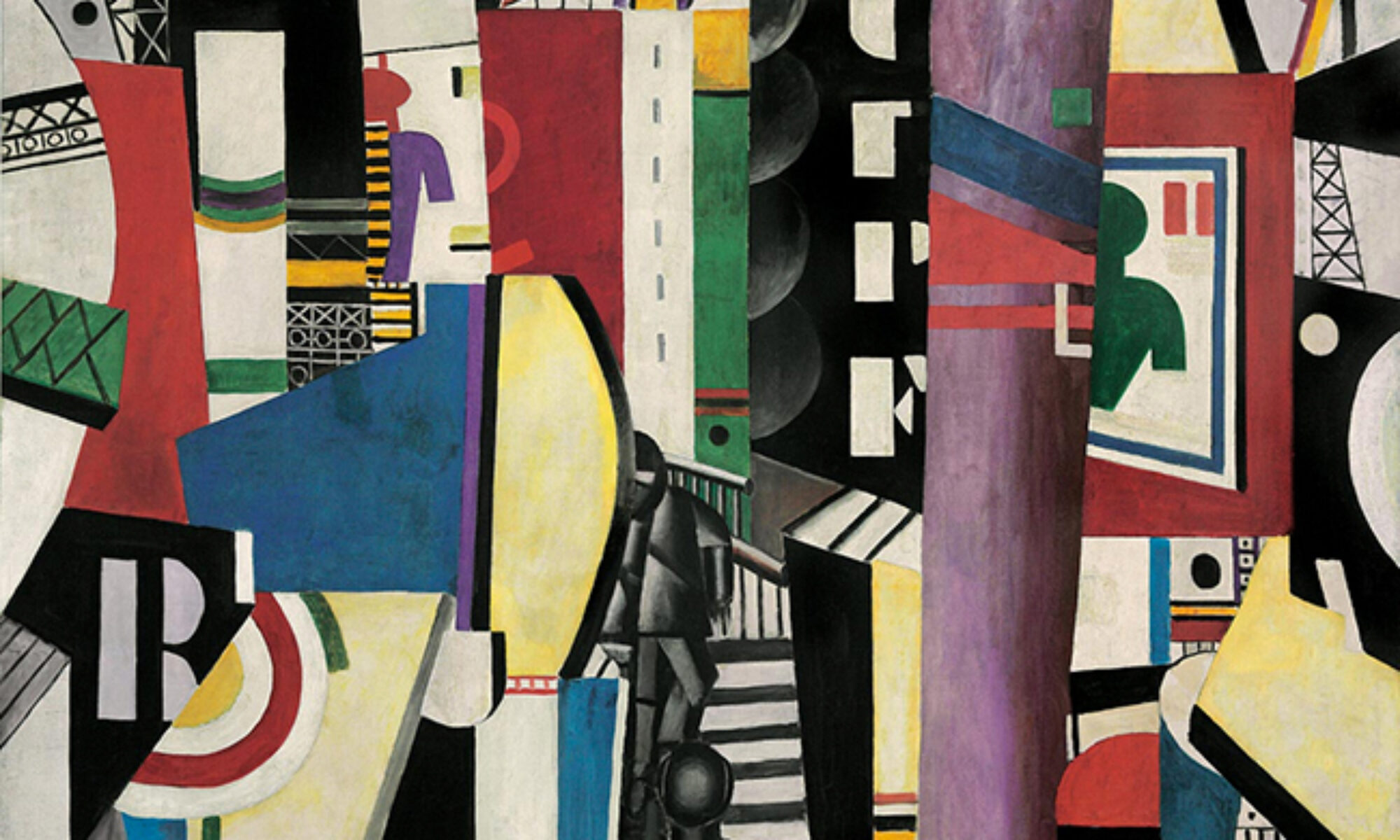While walking through the streets of Atlanta, or strolling along the iconic Beltline that extends throughout the city, you will likely notice art on buildings and walls. Some pieces cover the entire side of a building, some convey a political opinion, and some are meant to create a sense of community. Growing up in a suburban town in Maryland, I had not been exposed to such a prevalence of street art until I moved to Atlanta. I soon realized how the colorful and organic formations on walls and buildings bring humanity and emotion to an otherwise primitive brick-and-mortar appearance. These works, both commissioned murals and graffiti, showcase the liveliness of this great city.
Walking along the Atlanta Beltline, I passed by a memorable building that was covered in both murals and graffiti. On the left hand side is a wall covered in pastel flowers that stretch over twelve feet, laying over a dark blue background. The flowers range from chrysanthemums to sunflowers, and the dark background contrasts the lighter flowers to make the piece appear bold. Flowers are often said to symbolize happiness, strength, or hope. Perhaps it is the contrast between the flowers and the background, or perhaps it is the sheer scale of the mural, but this piece is difficult to overlook.

Pictured above is my view from the Beltline. In a highly developed city like Atlanta, standing on a walkway between grassy clearings and gazing at humanistic art offers a calming effect. The flower mural was commissioned in 2017 as part of the Outer Space Project, an event series that “merges public art, live music, design, action sports and culture” (outerspace.com). The art was commissioned annually to cultivate a sense of community within Atlanta.
The art that occupies the walls of our city can be compared to a period of time characterized by changes in art and life. The Modernist period that shook the world throughout 1890-1939 was a medium to showcase avant garde works of creativity. Artists, as well as authors and composers, conveyed the emotions that they felt in reaction to the new city life through their work. While former art has been confined by social norms and a limited variety of topics, Modernist art expanded the audience’s expectations of what art could be. During this movement, street artist Diego Rivera began painting murals that acted as mediums for his political activism. Known for his avant garde murals, Rivera sought to portray his communist views and express his support for the Mexican Revolution.

Rivera’s art was influenced by Marxist principles and was largely believed to help amass support for the Mexican Revolution. The mural above, titled The Making of a Fresco Showing the Building of a City, connects artistic work to general labor. Using vibrant colors and realistic printing techniques, Rivera illustrates the interior of a house during construction that displays each step of the construction process. This mural depicts the working class, including designers, builders, painters, architects and laborers. Rivera used his artistic medium to convey his beliefs, regardless of the inherent controversy that it would ultimately incite in the city.
Much like the paintings of the early 20th century, works of street art in Atlanta are vital to the city because they express the personalities and vibrancy of the city.

The rainbow sidewalk, originally created in 2015, has become a staple for tourists visiting Atlanta. The piece replaces the typical government-mandated white sidewalks, covering all four walkways of the intersection in a bright rainbow of colors. Even at night, as pictured in the photograph I captured, the unapologetic nature of Atlanta’s pride shines through.
The vibrant array of rainbow colors conveys the idea that Atlanta is open and supportive to all, including those who identify as LGBTQIA+. This area is known for being especially progressive, and some have coined the term “gay-bor-hood” to describe the area in which the rainbow sidewalk lies. In conjunction with this belief, Atlanta hosts an annual Pride festival that allows people of all genders and sexualities to celebrate an important part of their identity without fearing stigma.
Similar to Rivera’s art in the Modernist period, the topic of the art was especially controversial when it was first created as a temporary installment for the Pride Festival. However, the permanent addition of the rainbow sidewalk has normalized the acceptance of all genders and sexualities. For those who have been oppressed because of their identity, pieces of art like this can help them feel welcome.

In the Modernist period, industrialization was rapidly changing the world, and citizens fostered differing opinions on the hectic nature of 20th century cities. The painting above, titled City Night, depicts the view from a person gazing up at the tall buildings around her. The painting is primarily black, evincing the immense nature of New York City skyscrapers. As the eye moves upward, they may feel small in comparison to the giant buildings that dominate the city. The city appears foreboding and intimating, especially in the nighttime setting.
This piece is one of many Modernist paintings that depicts newly developing cities. Now, after nearly a century of advancements in both technology and art, creators have begun to conceive art on the city itself, drawing inspiration from other sources to incorporate into the daily life of citizens. As time has progressed, street art has become more prevalent because it brings individuality and life to each building. The painting City Night shows how cities can appear frightening, but the appearance of street art can help create a more inviting atmosphere.

If you walk along the Andrew Young International street in Atlanta, you’ll pass by a large blue mural that illustrates one of Martin Luther’s King’s famous quotes. The painting reads “If you can’t fly then run, if you can’t run then walk, if you can’t walk then crawl, but whatever you do you have to keep moving forward.” One of the apparent themes of street art in Atlanta is equality, and pieces such as this one depict leaders of the civil rights movement. More recently, street art that immortalizes the political opinions of the Black Lives Matter movement has begun to take shape throughout the city. These have been widely considered as a form of political protest, and each one makes a statement that calls for racial equality across America. Many stores also utilize other mediums to convey their support for political movements by displaying Black Lives Matter signs or Pride flags throughout Atlanta.
Pieces of street art scattered around the city showcase a variety of different artistic styles. Some show traditional portraits, while others exhibit a more modern, abstract approach. Many of these newer techniques were formed during the period of Modernism. Styles like cubism, futurism, and surrealism were introduced as new ways to express thought. The painting below is known to be the very first cubist painting, a movement characterized by two-dimensional structure and fragmented figures.

This piece, titled Les Demoiselles d’Avignon, was painted by Pablo Picasso in 1907. He is commonly known as a preeminent figure of cubism, which would ultimately lead towards other avant garde styles and artistry techniques. The Modernist period was a precursor to a variety of new forms of expression. Many pieces of street art in Atlanta employ similar styles to cubism or other Modernist art movements. In this way, these styles have been perpetuated throughout the city and add to the diversity of art in Georgia.
As I previously noted, some pieces are meant to build community, such as the flower mural along Atlanta’s Beltline. Some pieces are created to make a statement, such as the Martin Luther King mural. Every piece of street art throughout the city has a unique message and topic. These pieces of art bring a sense of individuality to different areas and buildings. Coupled with vibrant colors or bold images, these pieces of art help bring emotion and passion to those around them.
It is difficult to describe the personality of a city. I cannot describe Atlanta as happy, or gloomy, or anxious. While all of these may be true, life in Atlanta encompasses so much more than just one or two adjectives. This city is lively, and vibrant, and passionate, and all of the adjectives. What exactly that means for each person may be different. Each person in Atlanta is different and brings individuality to help form a cosmopolitan atmosphere. The street art that you might pass by on the way to the grocery store or your work commute may be bringing life and feeling to the bustling street, even if you occasionally overlook it. The next time you see a colorful wall or portrait, do not overlook it. Take a pause and appreciate the art that brings our great city to life.
Works Cited:
“City Night, 1926.” Minneapolis Institute of Art, collections.artsmia.org/art/2725/city-night-georgia-okeeffe. Accessed 28 Feb. 2021.
Cogswell, Ned. “A Brief Overview of Diego Rivera’s Murals In San Francisco.” Culture Trip, 3 Jan. 2017, theculturetrip.com/north-america/usa/california/articles/a-brief-overview-of-diego-riveras-murals-in-san-francisco.
“Cubism.” Tate, www.tate.org.uk/art/art-terms/c/cubism. Accessed 28 Feb. 2021.
Outer Space Project. www.outerspaceproject.com. Accessed 28 Feb. 2021.
“Pablo Picasso, Les Demoiselles d’Avignon.” The Museum of Modern Art, www.moma.org/collection/works/79766. Accessed 28 Feb. 2021.
Wolfe, Betram. The Fabulous Life of Diego Rivera. New York, NY, Cooper Square Press, 2000. Google Books, books.google.com/books?id=Fmi5J6Q_wzIC&printsec=copyright#v=onepage&q&f=false.

I found this blog post very informative and entertaining. Although I have certainly noticed “street art” before, I have not really taken into mind the meaning and what it represents. I think the part about street art creating a sense of “community” is a very interesting take on the subject. I understand how it can kind of mark people’s territory, and it can even create a sense of home if someone regular passes by it in daily life. I really like when you talked about how street art turns cement buildings in lively pieces of artwork.
I very much agree on the topic of street art and other similar types of things providing that sense of community that you’ve discussed. Art in general can work to evoke so many different feelings and emotions, and street art is no different in that case, as it often times can be used to inspire hope or confidence in certain groups or peoples that are going through troubled times or fighting for certain gains. Particularly, you mentioned street art having to do with BLM and LBGTQIA+, and in my eyes art like that can serve to show relevant parties that they aren’t alone, and regardless of how bad things get there’s always hope for good to come in the end, which is always something important to remember.
Street art in Atlanta is so so beautiful! i’ve always loved walking the beltline, going under the bridge near Krog street, or just seeing it around Atlanta! A lot of people look down upon this type of art, but it’s just as valid as other modes of expression. I really appreciate your specific comments on street art often representing or having to do with social justice, such as the BLM movement, as I feel its super important to recognize the power those art pieces have.